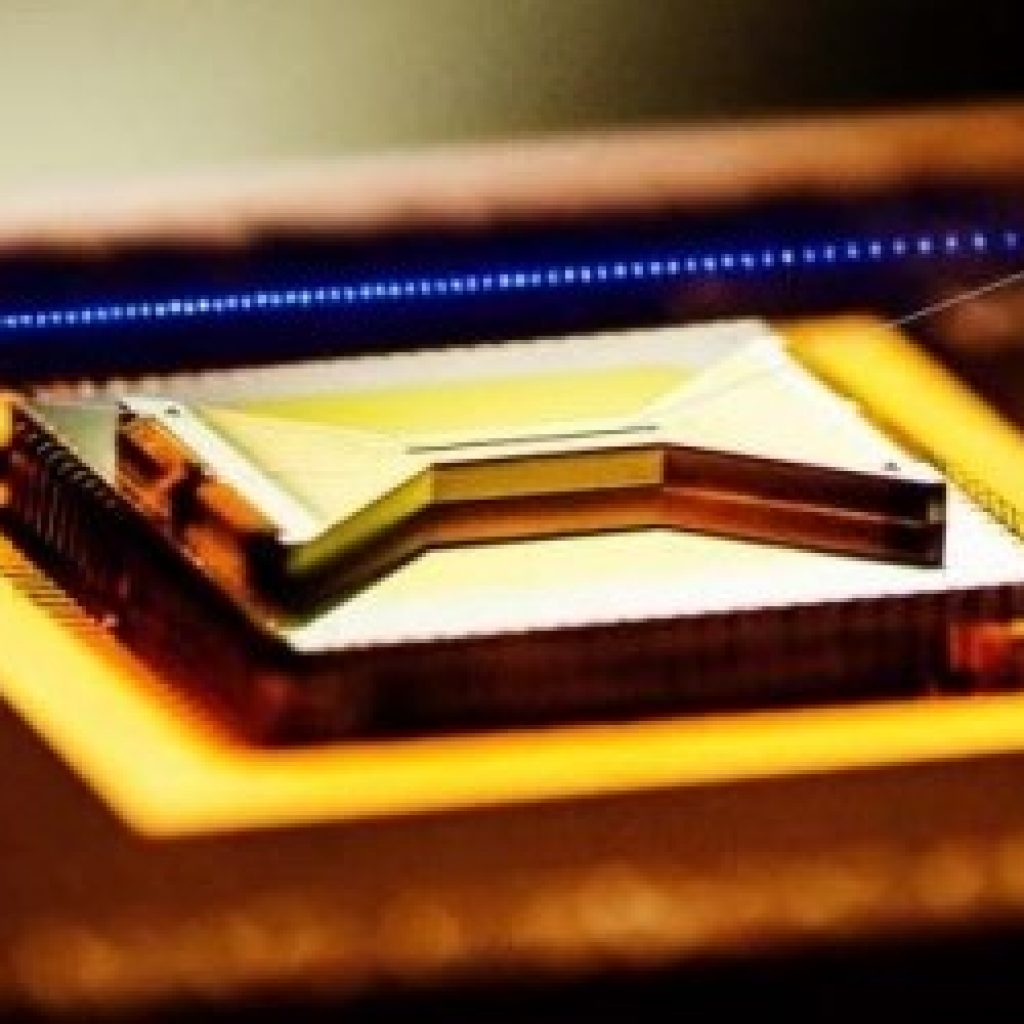(Nature) A technology for building quantum computers that has long been sidelined by major companies is gaining momentum. As quantum computing has transformed from academic exercise to big business over the past decade, the spotlight has mostly been on one approach — the tiny superconducting loops embraced by technology giants such as IBM and Intel.
But a separate approach, using ions trapped in electric fields, is gaining traction in the quest to make a commercial quantum computer. Earlier this year, technology and manufacturing company Honeywell launched its first quantum computer using trapped ions as the basis of its quantum bits or ‘qubits’, which it had been working on quietly for more than a decade. Honeywell is the first established company to take this route. In October, seven months after the launch, the firm unveiled an upgraded machine; it already has plans to scale this up.
Last month, University of Maryland spin-out firm IonQ announced a trapped-ion machine that could prove to be competitive with those of IBM or Google, although the company has yet to publish details of its performance. Smaller spin-out firms — such as UK-based Universal Quantum and Alpine Quantum Technology in Innsbruck, Austria — are also attracting investment for trapped-ion projects.
Quantum Computer Race Intensifies as Alternative Trapped-Ion Systems Gain Steam
